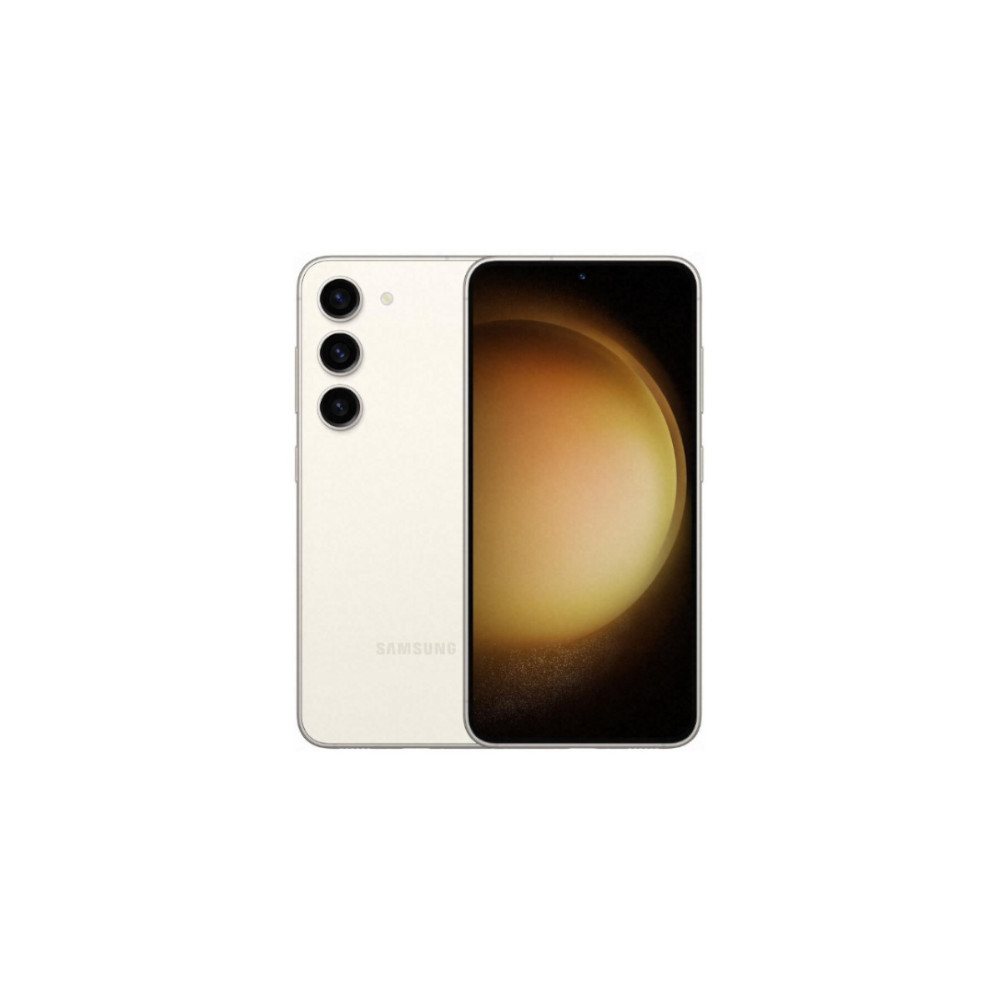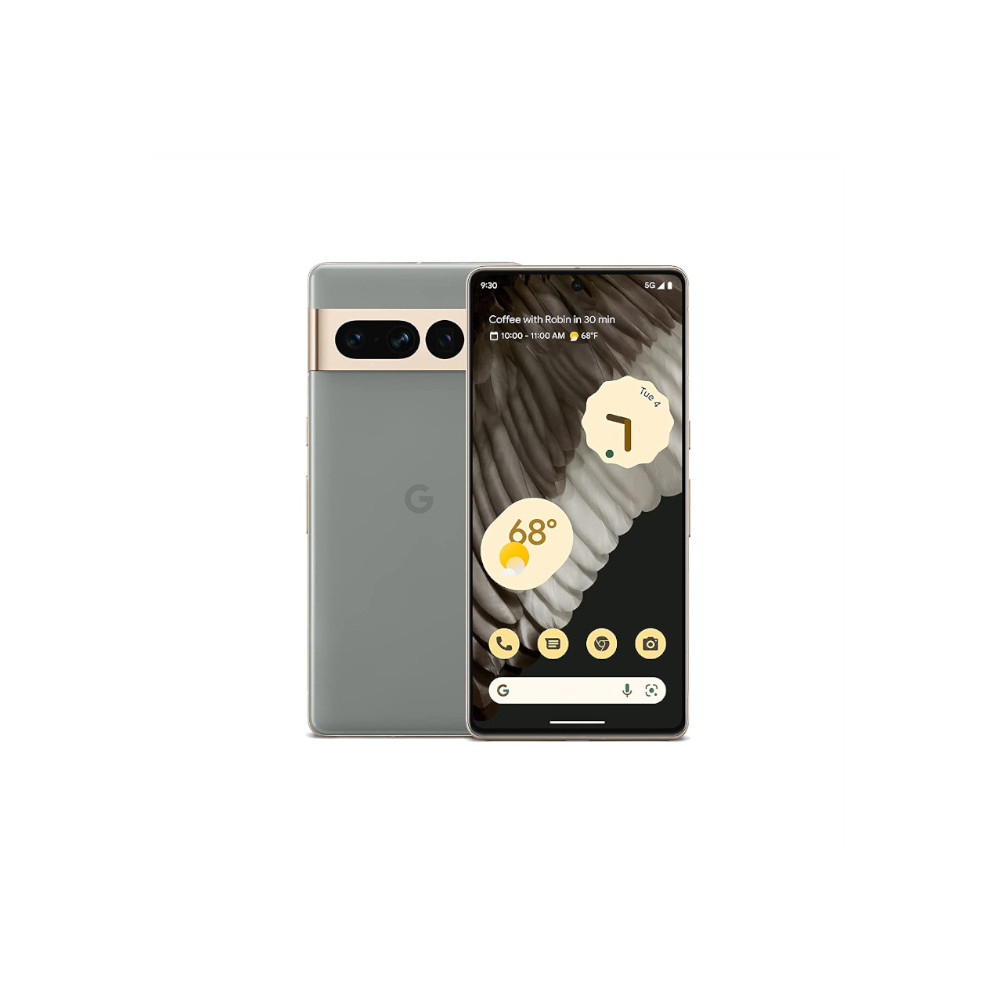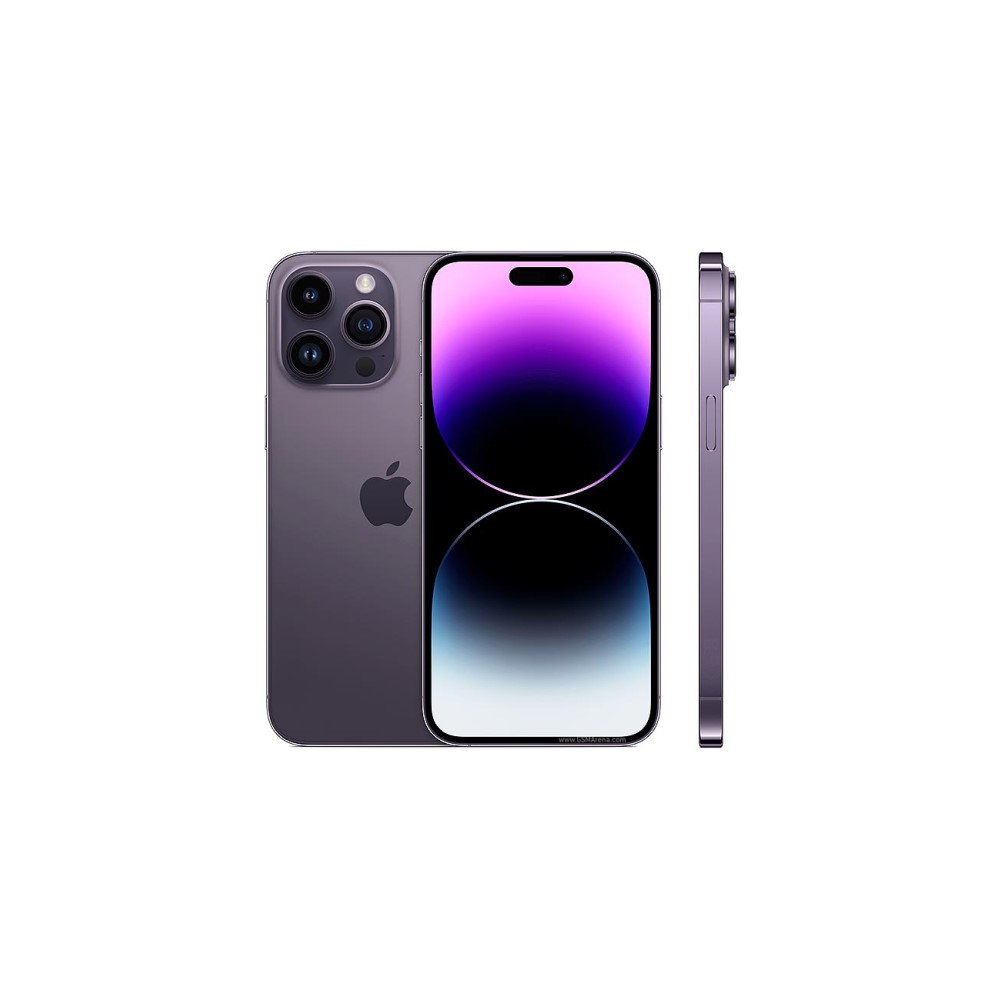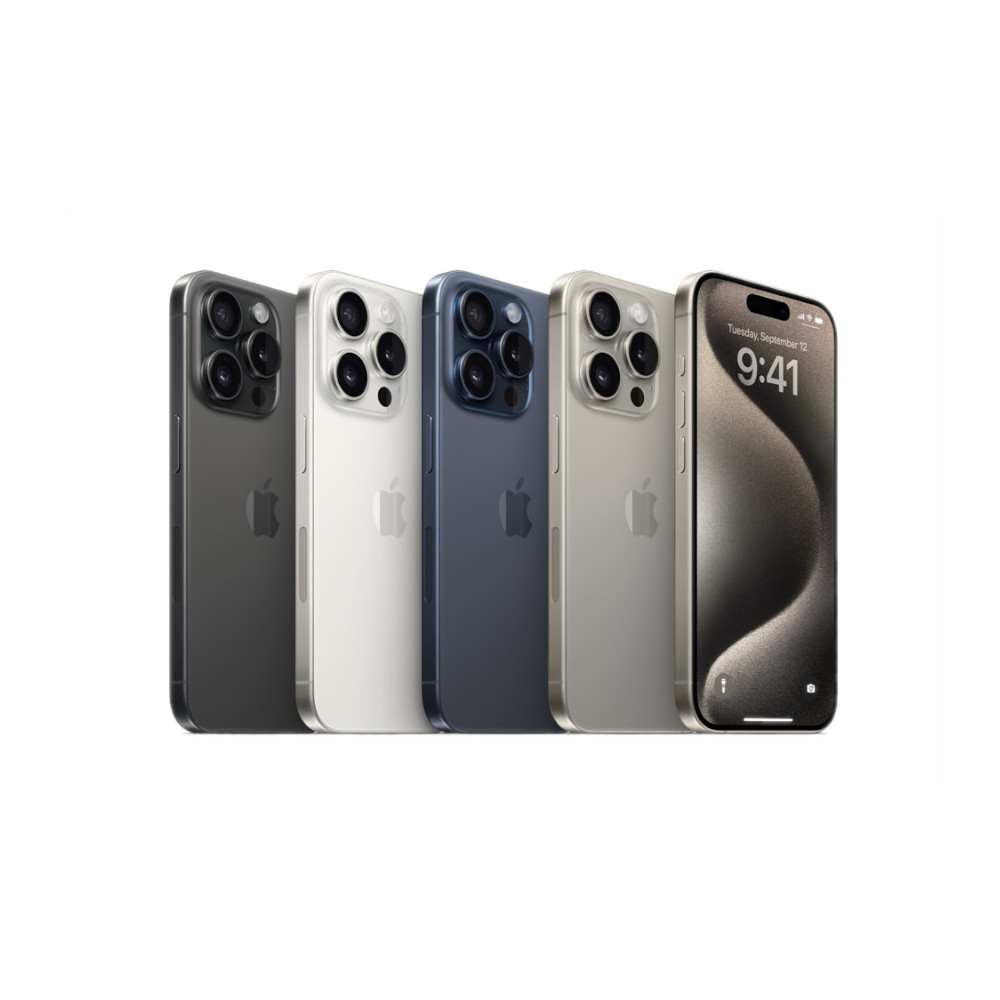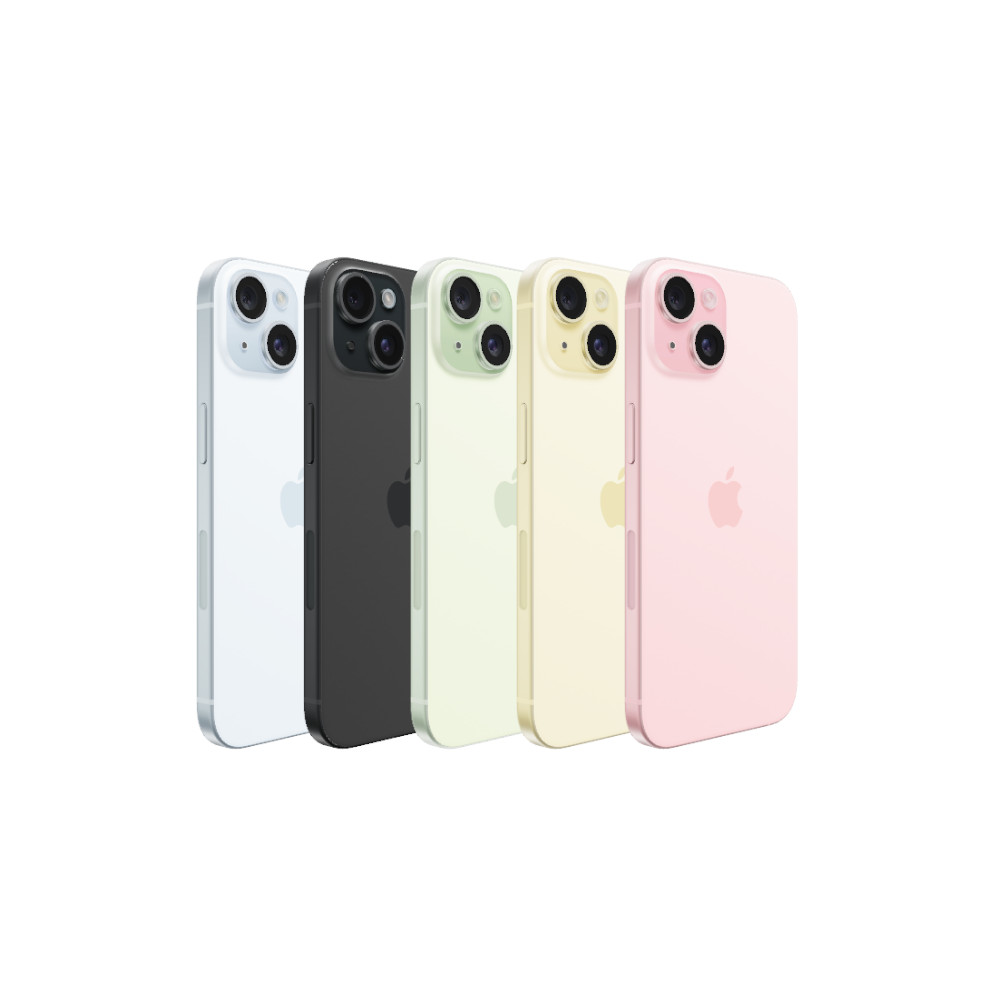Affiliate links on Android Authority may earn us a commission. Learn more.
The best iPhone 14 series alternatives: 7 phones to consider before you buy
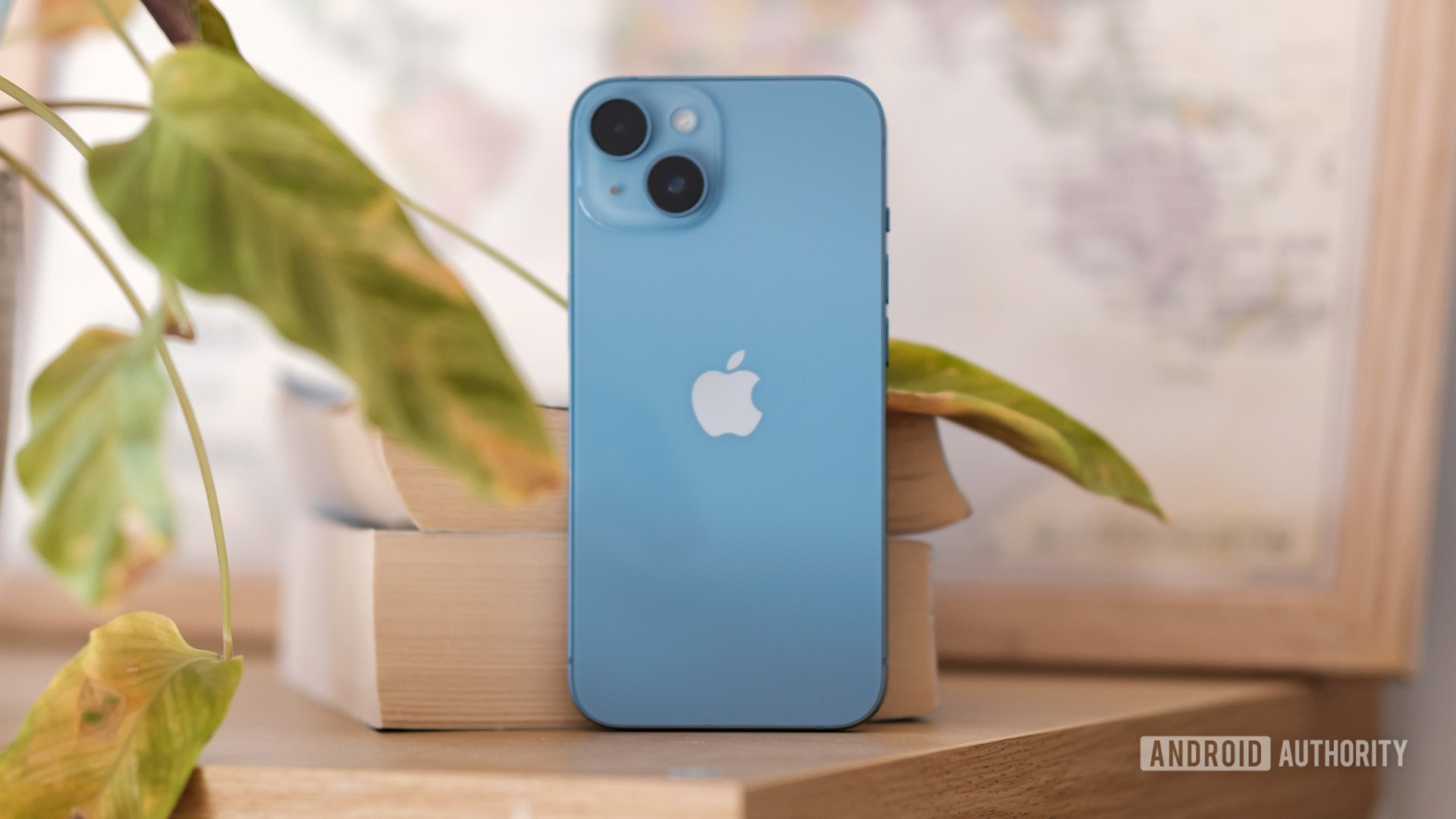
In September 2022, Apple unleashed its previous generation of flagship smartphones — the iPhone 14 series. With standard-sized iPhones, Pro-tier ultra-premium handsets, and the return of the Plus range, there was a bit of something for everyone here. Well, as long as you’ve got a minimum of $800 to spend and weren’t looking for another iPhone Mini (sorry, it’s gone!). Yet, as solid as Apple’s phones were, what if you’re looking for something a little different? Take a look at our rundown of the best iPhone 14 alternatives you can buy.
The best iPhone 14 alternatives
This post focuses on the direct generational competitors to the iPhone 14 rather than the most recent flagships. If you’re more interested in the best competition for the latest iPhone, you can check out our post on the best iPhone 15 alternatives.
Samsung Galaxy S23 series
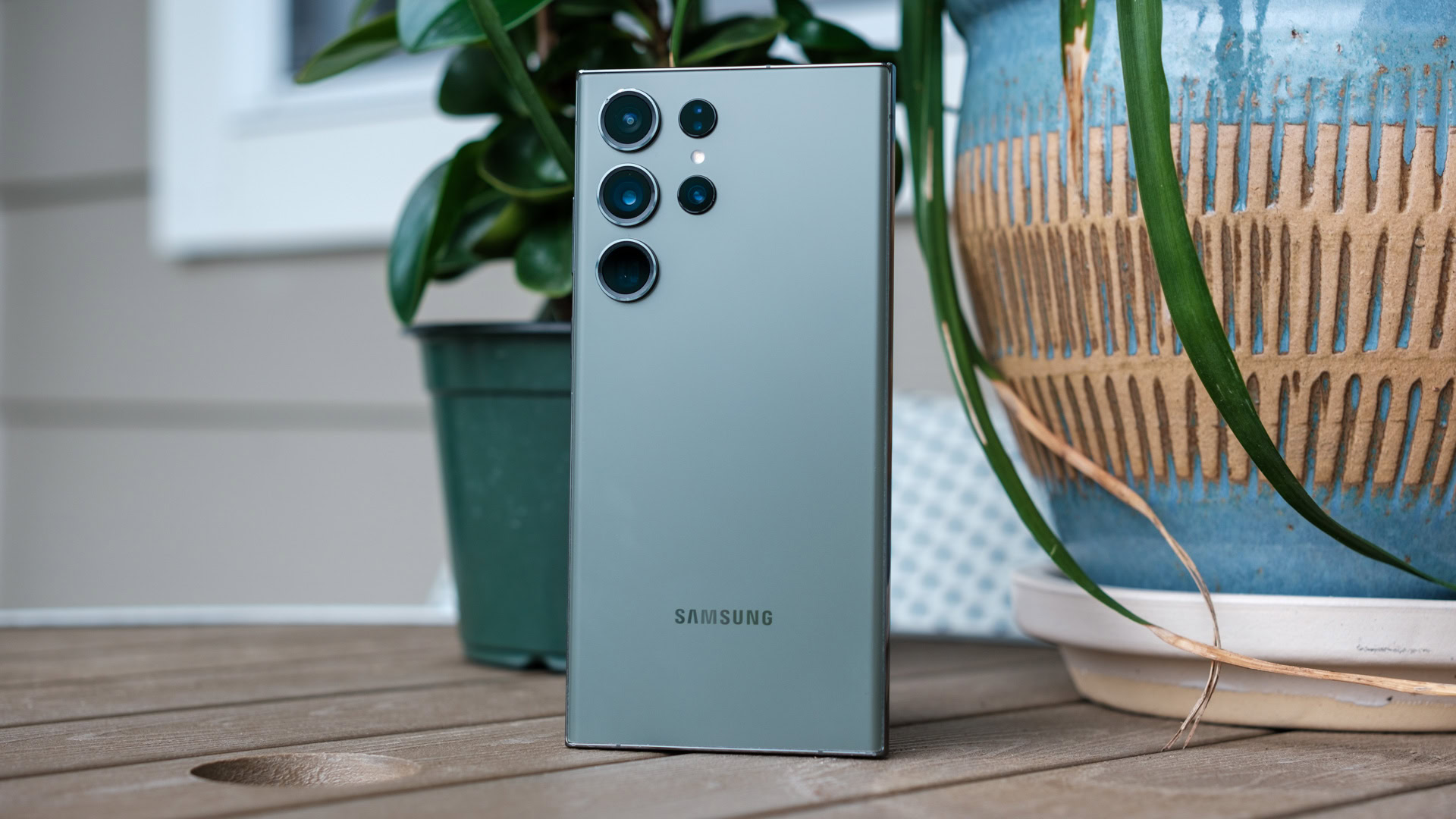
The Galaxy S23 family was easily the biggest Android rival to Apple’s iPhone 14 line in 2023. What makes the S23 models some of the best alternatives to the iPhone 14 family is that there are flagships at multiple price points, they’re available in many markets, and they come with lengthy update commitments.
All three Galaxy S23 phones are equipped with the flagship Snapdragon 8 Gen 2 SoC, wireless charging, an IP68 rating, a 12MP ultrawide camera, and a 3x telephoto camera. Samsung’s Galaxy S23 Ultra is the top dog though, offering a big battery, an S Pen with an integrated slot, and a 10x hybrid zoom camera that isn’t matched by Apple. All three models also have 8GB or 12GB of RAM, compared to the 6GB you get even in the iPhone 14 Pro Max.
It’s not all great, as the base Galaxy S23 has a small battery for a high-end Android phone, especially compared to its bigger brother. You’ll also get more years of software support with the Apple options. Nevertheless, these are the best iPhone 14 alternatives for most people and are at the top of the list of the best Android phones you can buy.
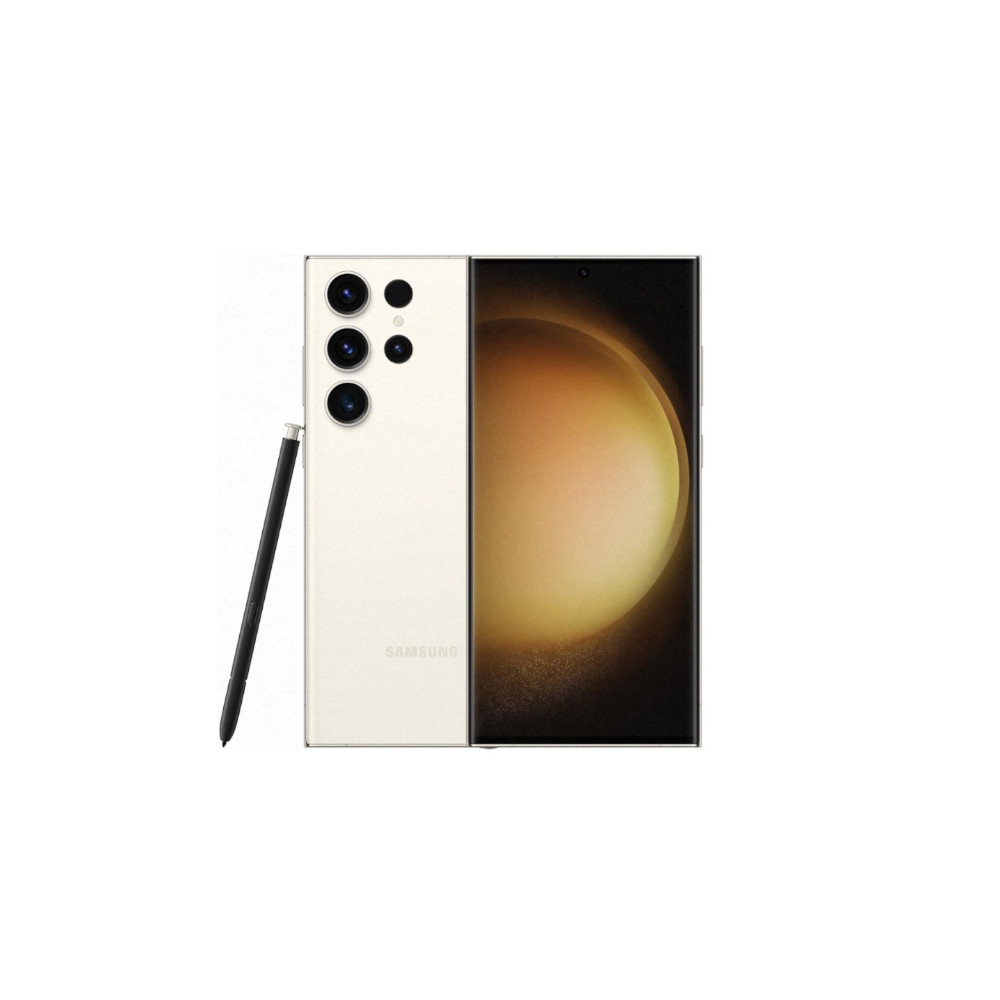
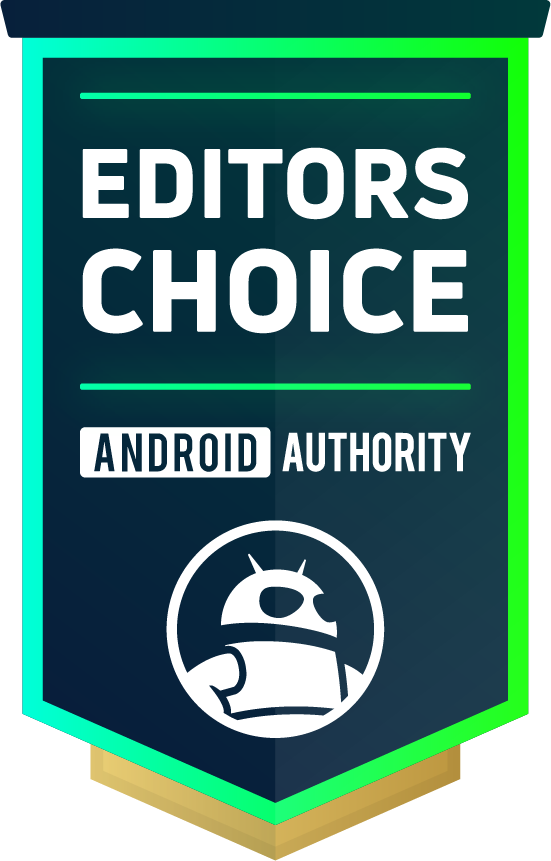

Snapdragon 8 Gen 2 power
Bigger battery
Apple iPhone SE (2022)
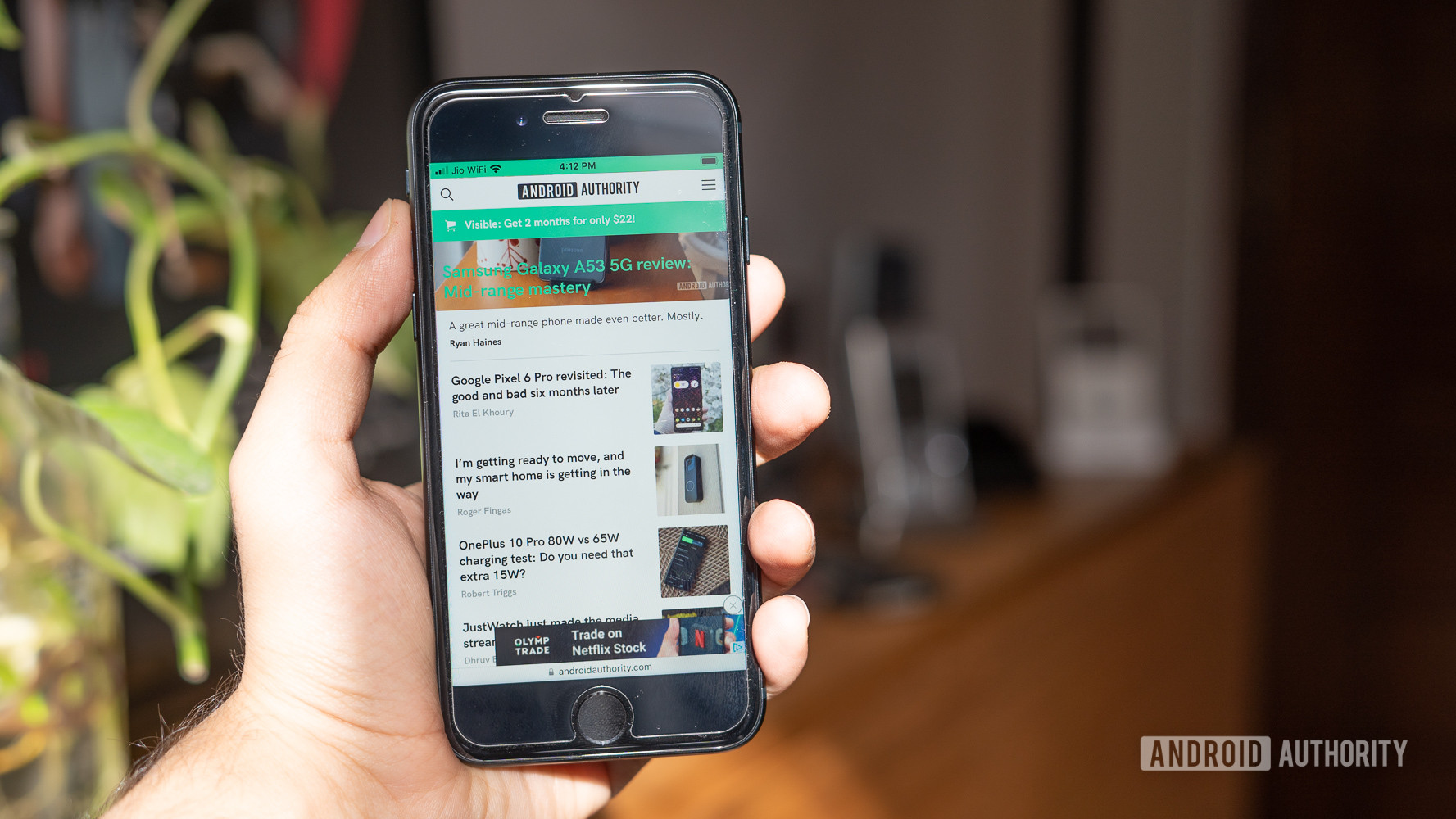
The iPhone SE (2022) is the budget alternative to the iPhone 14 for those who can’t stretch beyond just over the $400 mark. You do lose a ton by opting for the third-generation SE model, as it only has a single rear camera and doesn’t have a dedicated night photography mode. It also has a pokey, low-res LCD screen, only 64GB base storage, and a design lifted from iPhones from over five years ago.
Still, the iPhone SE 2022 brings a beefy A15 Bionic chipset (the same SoC seen in the iPhone 13 series and the iPhone 14/iPhone 14 Max), access to Apple’s ecosystem of services, and a lengthy update pledge that matches (if not beats) the best cheap Android phones.

Google Pixel 7 series
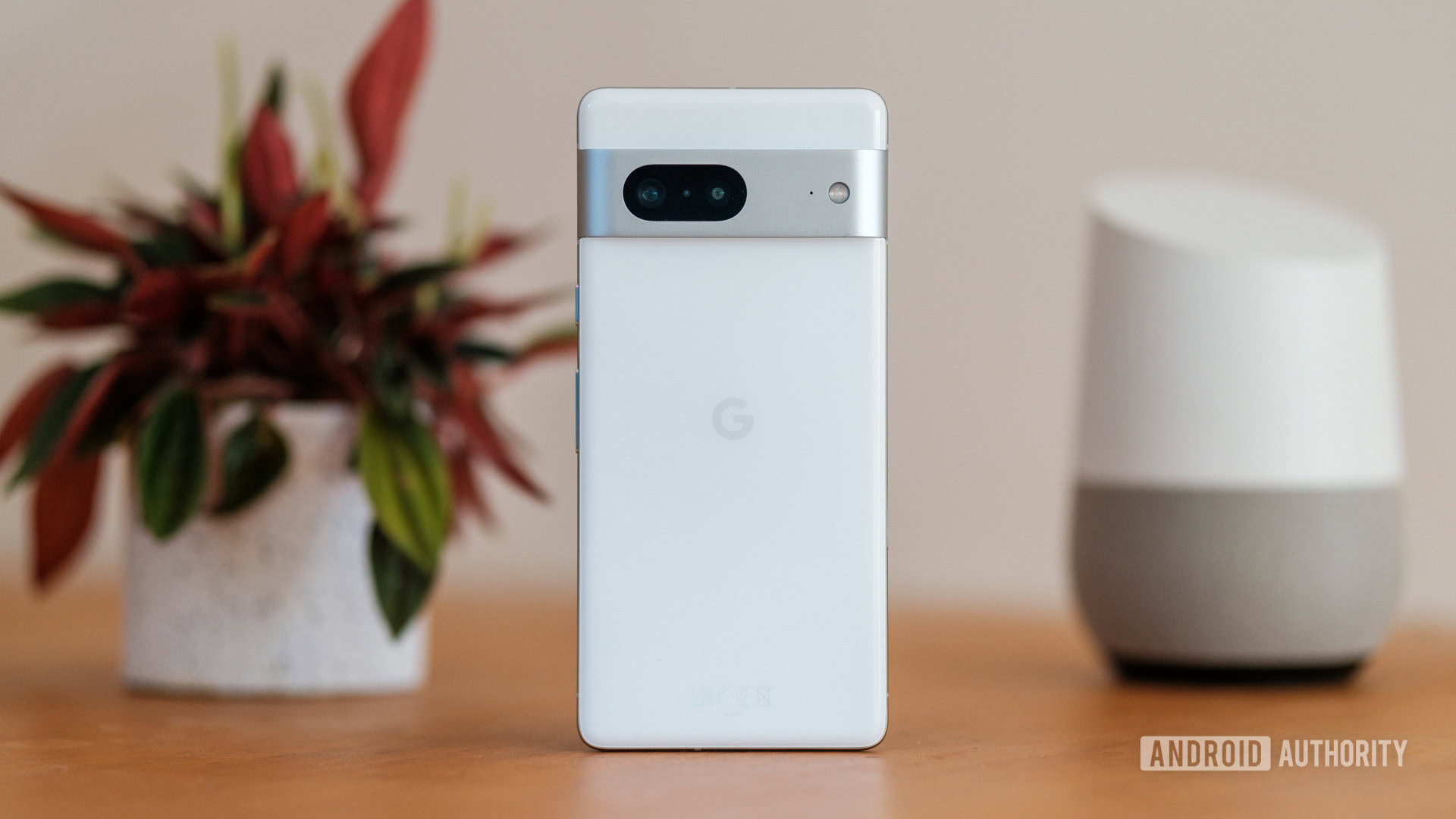
The Pixel 7 series is a more affordable iPhone 14 alternative, especially in the case of the Pixel 7. The two models in the range are obvious choices for Google fans, and the Pixel handsets have always been popular for smartphone photography.
The Pixel 7 is the smaller and less feature-packed handset of the two, but it’s still an upgrade over its predecessor, featuring the new Tensor G2 chipset, a brighter screen, and improved cameras. The design is also a bit different, thanks to the more professional-looking metal camera bar at the back.
The Pixel 7 Pro is the bigger and better phone of the series and also improves on its predecessor. Compared to the Pixel 7, you get a larger display with a higher resolution, an extra camera at the back, and a bigger battery. Aside from that, the two new Pixels are very similar. They look the same, are powered by the same chipset, and offer the same software experience.
The Pixel 7 is a bargain with its starting price of $599, and it’s a great phone for those looking for a clean software experience and excellent cameras. If you have $300 more to spare for the Pixel 7 Pro and feel that the larger, better display and extra telephoto lens are worth the extra outlay, you can pick it up from $899. You may also want to consider the Pixel Fold ($1799 at Amazon) or the Pixel 8 ($699 at Amazon) if you don’t mind spending a little more.
Apple iPhone 15 series
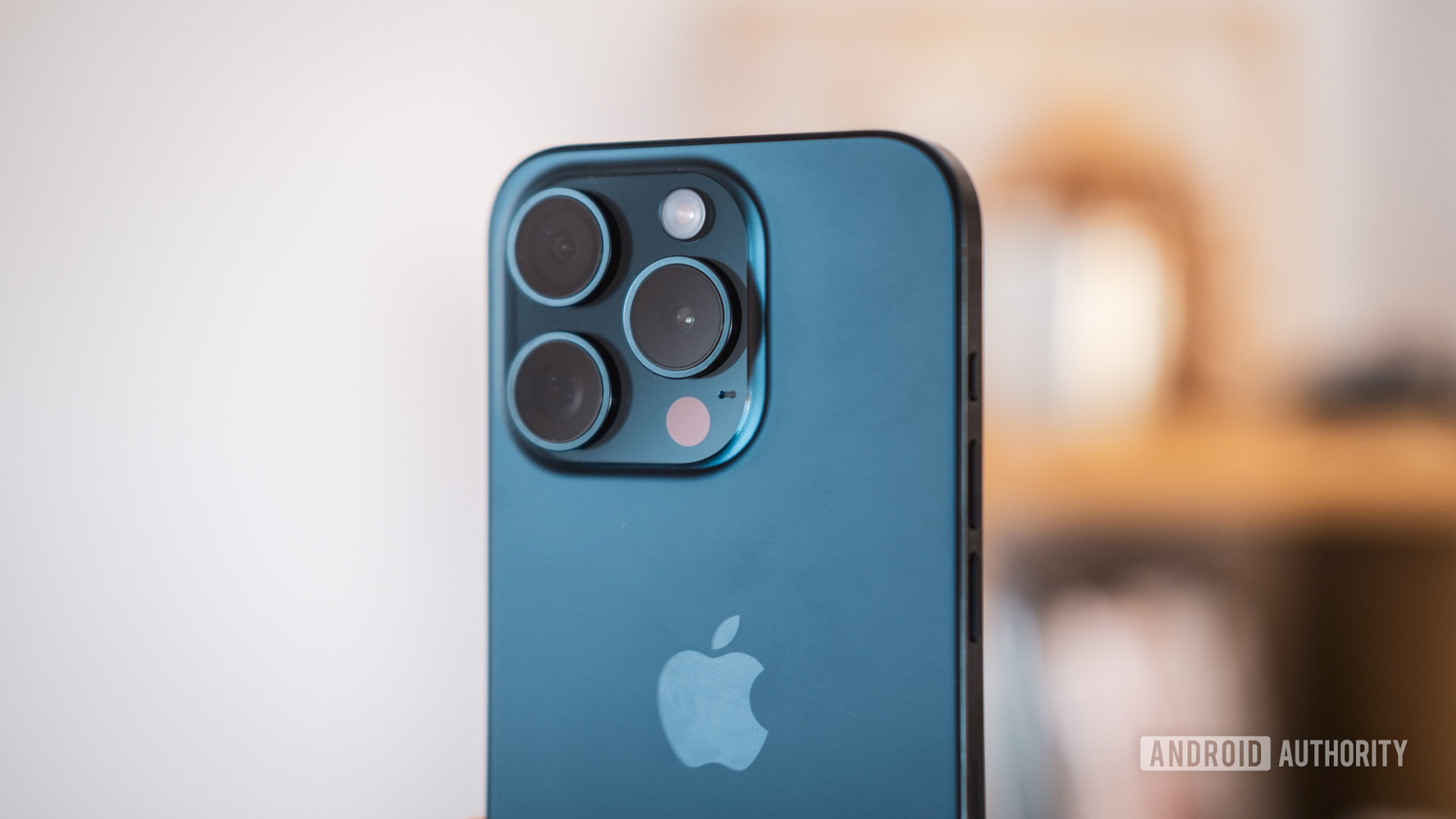
Apple fans now have the ideal iPhone 14 alternative in the form of its successor, the iPhone 15. While most upgrades to the iPhone 14 range are incremental, there are a few eye-catching improvements. The lineup again includes four models: the standard iPhone 15, the iPhone 15 Plus, the iPhone 15 Pro, and the iPhone 15 Pro Max. While the design largely echoes the iPhone 14 series, Apple has replaced the Lightning port with a USB-C port, making the device more compatible with various other gadgets. The display notch has also been replaced by a design element called Dynamic Island, making the screen more immersive.
The iPhone 15 and 15 Plus are equipped with the same A16 Bionic chip featured in the iPhone 14 Pro models, but the 15 Pro and 15 Pro Max models sport the new A17 Pro chip, the industry’s first 3nm processor. The camera systems have also been upgraded, with the standard models now boasting a 48MP primary wide sensor, introducing significant improvements over the previous 12MP. The Pro Max model takes it a step further with a tetraprism telephoto lens, offering up to 5x lossless zoom.
Pricing remains largely consistent with the previous generation, except for the iPhone 15 Pro Max, which starts at a slightly higher price but offers double the storage.

Samsung Galaxy Z Flip 4 and Z Fold 4
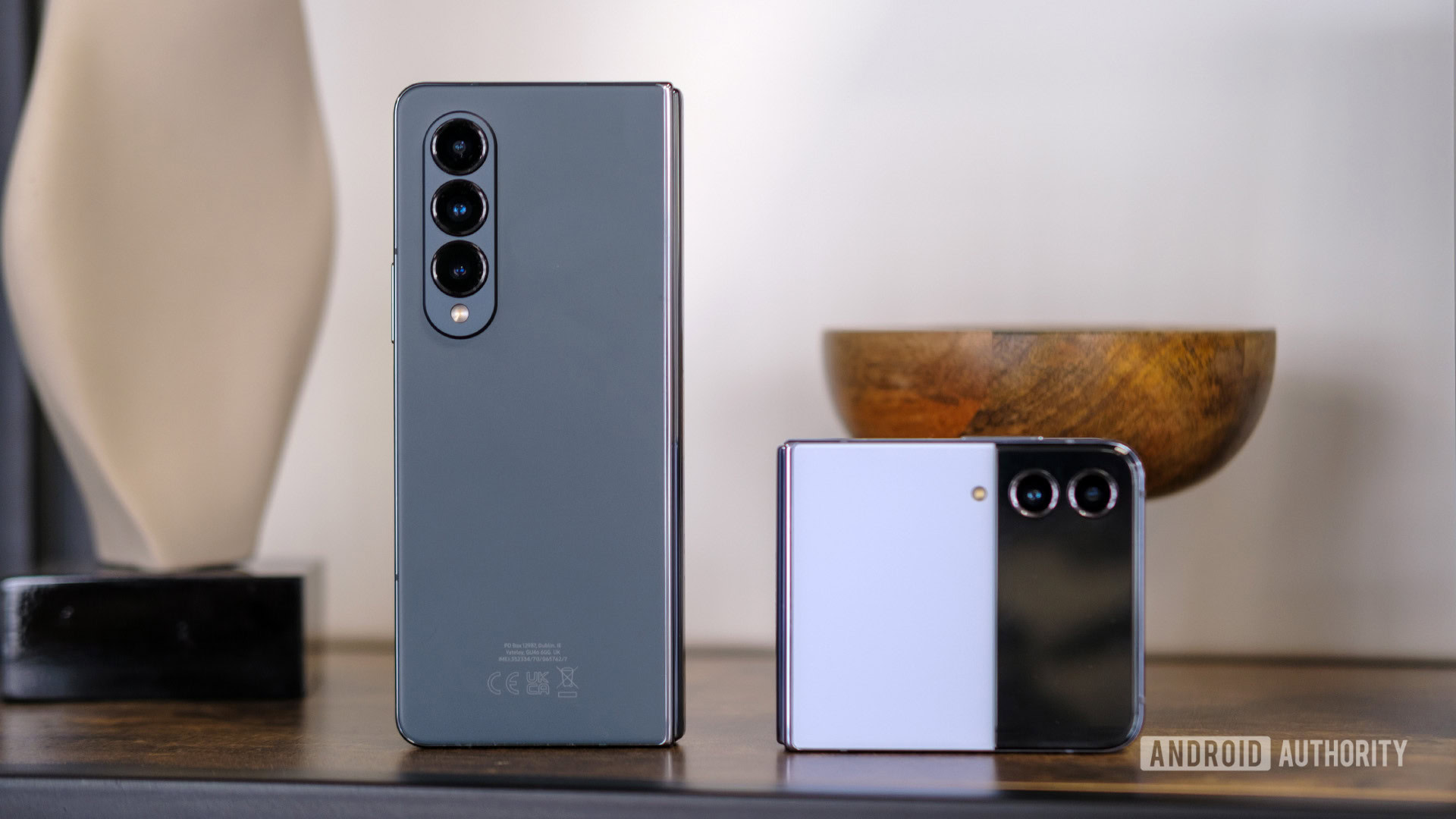
The Galaxy Z Flip 4 might be another alternative for you if you wish Apple offered an iPhone 14 Mini this year. The device has a pocket-friendly clamshell form factor when folded, albeit with a small secondary screen for notifications, calls, and selfies with the main camera. But unfold the device, and you have a 6.7-inch screen.
Samsung’s fourth-generation foldable also brings a powerful Snapdragon 8 Plus Gen 1 SoC, an IPX8 water resistance rating, Flex Mode software enhancements to take advantage of the form factor, and five years of updates. It’s not without fault, though, as it lacks the S22’s 50MP main camera (sticking with 12MP), while the 3,700mAh battery is still quite small. Nevertheless, this is one of the few choices for a foldable until Apple decides to hop on the bandwagon.
Do you like the idea of a foldable but want an iPad Mini-style screen? That’s where the Galaxy Z Fold 4 comes in. Expect a smartphone-style form factor when folded and a tablet screen when unfolded. You’re also getting a relatively large battery and versatile camera system, much like Apple’s Pro devices. However, you’ll have to pay $1,800 for this device compared to $999 for the Flip, although you’re likely to find better deals on both devices now that the Galaxy Z Fold 5 ($1799.99 at Samsung) and Z Flip 5 ($999.99 at Samsung) are available.

Large internal display
Long-term software support
6. Sony Xperia 1 IV
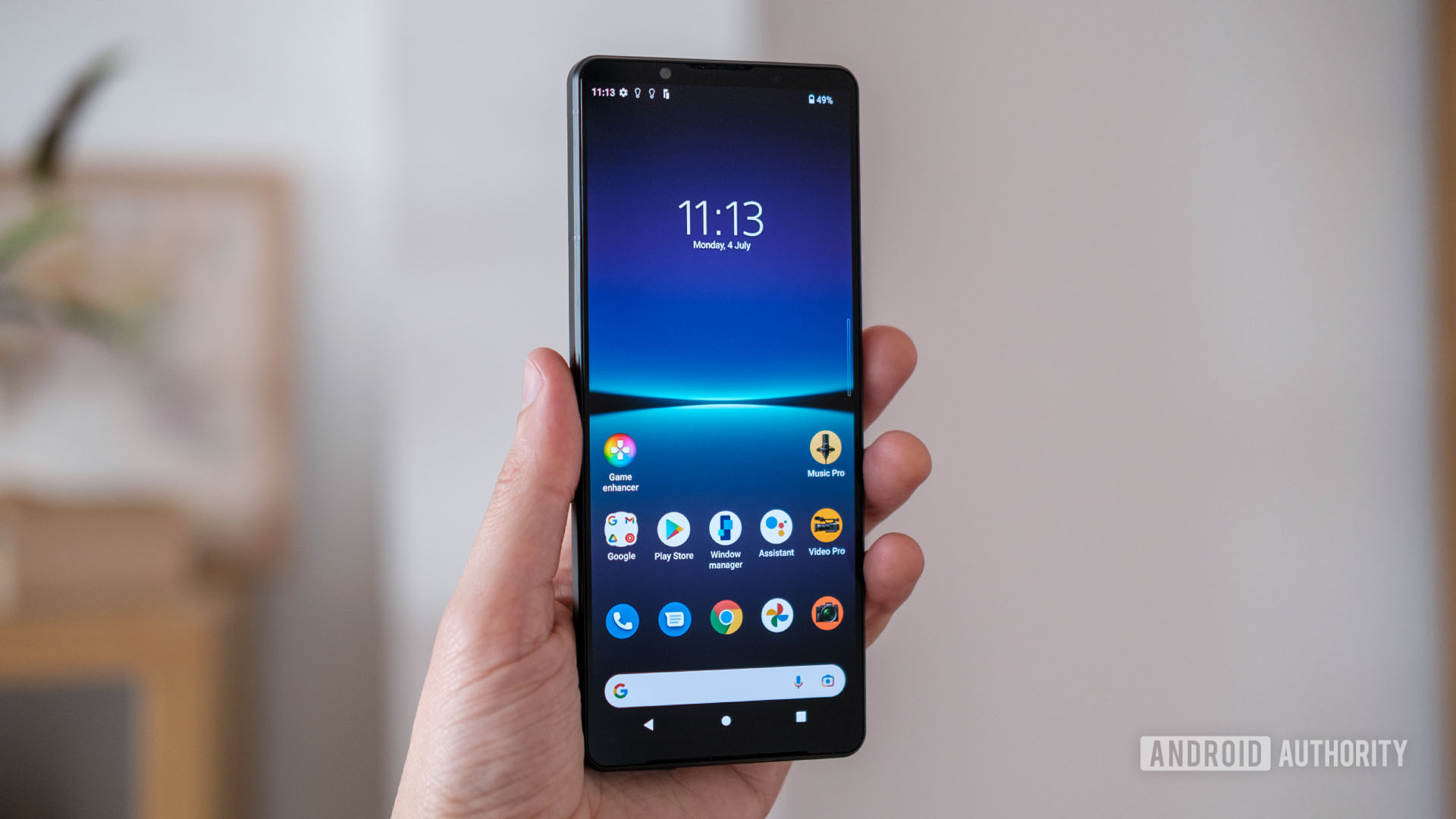
Sony’s 2022 flagship is another decent iPhone 14 series alternative, especially if you were considering the feature-packed Pro phones. The Xperia 1 IV offers up some noteworthy features of its own, like a 4K/120Hz OLED screen, a 3.5mm port, a 5,000mAh battery, an IP65/68 design, and wireless charging.
Perhaps the most interesting thing about the phone is that it carries a proper variable telephoto camera. This 12MP shooter can natively shoot at any factor between ~3.5x and 5.2x. Otherwise, you also have a 12MP primary camera and a 12MP ultrawide shooter. Toss in features like 4K/120fps slow-mo across all three cameras, pro camera and video apps, and great autofocus, and you’ve got an excellent device for photography enthusiasts.
There are downsides to the device, such as the inadequate update pledge (two OS updates) and its whopping ~$1,600 asking price. This latter price tag is way higher than base model iPhones and equivalent rival Android devices. This is definitely one for Xperia fans. If you’re more interested in the latest generation of the Sony device, you should look to the Xperia 1 V ($1398 at Amazon).

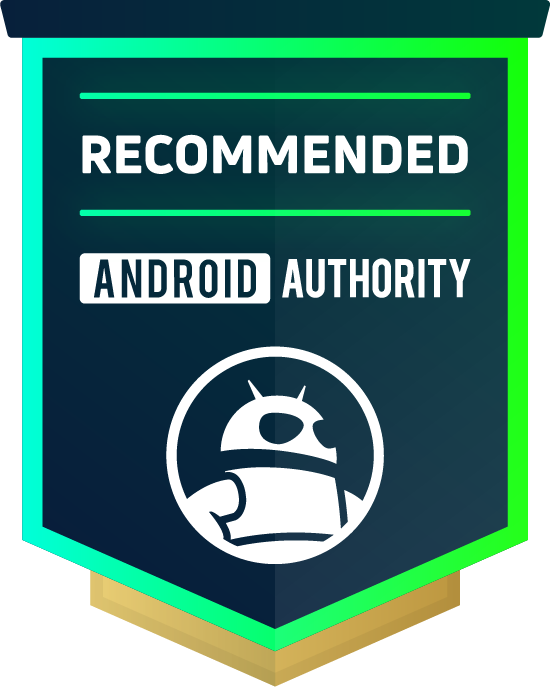
7. OnePlus 11
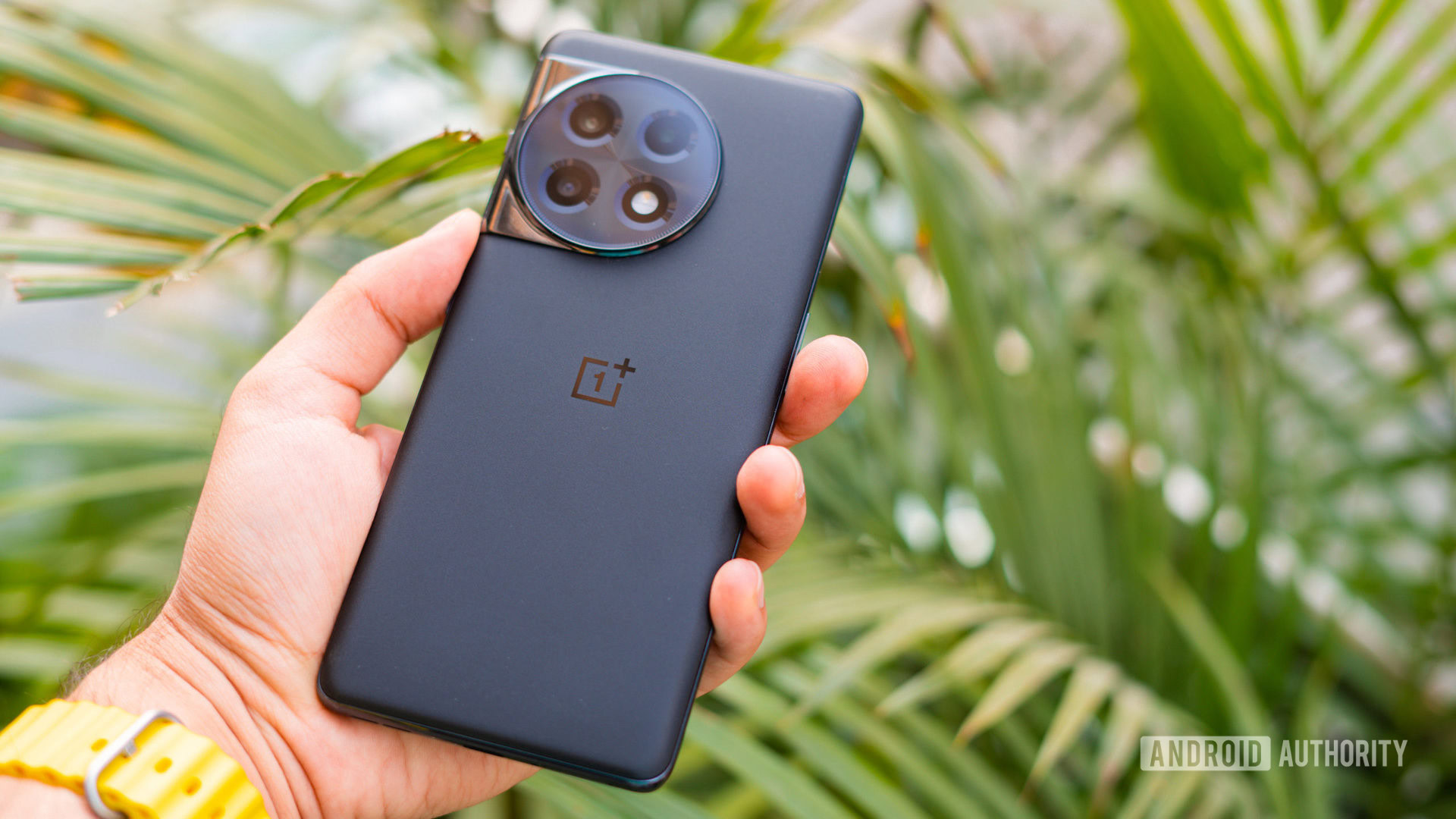
The OnePlus 11 is a return to the value flagship space from the brand, undercutting even the iPhone 14 base model by $100 at retail.
It certainly presents something different to Apple devices, with an impressively unique design and insane charging speeds of up to 100W depending on where you are in the world. It offers the same Qualcomm Snapdragon 8 Gen 2 chipset as the Galaxy S23 range and a beautiful 6.7-inch AMOLED Edge display. You get a 50MP main rear camera complemented by a 48MP ultrawide shooter and a 32MP telephoto lens with 2x optical zoom.
But the camera setup isn’t everything it could be, and there are a few other key areas where the OnePlus 11 falls short of the iPhone 14. It doesn’t offer wireless charging, which is crazy for a 2023 flagship, and the water resistance is also left wanting. It has an IP64 rating, which means it’s only really splash-resistant rather than the IP68 rating of the iPhone, which allows it to survive being totally submerged for a while.

iPhone 14 alternatives: Honorable mentions
- Google Pixel 7a ($477 at Amazon): Google’s latest mid-range phone isn’t that much cheaper than the Pixel 7, but it’s definitely worth considering. Expect the Tensor G2 chipset, Google’s camera smarts, and Pixel-exclusive software features. You’ve also got peace of mind for updates by opting for the Pixel 7a, which delivers three years of OS updates and five years of security patches.
- ASUS Zenfone 9 ($599 at Amazon): The Zenfone 9 is another device worth keeping in mind if you want a more pocket-friendly proposition. The device packs a 5.9-inch 120Hz OLED screen, a Snapdragon 8 Plus Gen 1 SoC, and a 4,300mAh battery. Other noteworthy additions include a 3.5mm port, an IP68 rating, and a 50MP main camera with gimbal stabilization tech. In saying so, you miss out on wireless charging and a decent update commitment.
This has been our rundown of the best Apple iPhone alternatives. Are there any devices that you feel should’ve made the list? Let us know by adding a comment below!
